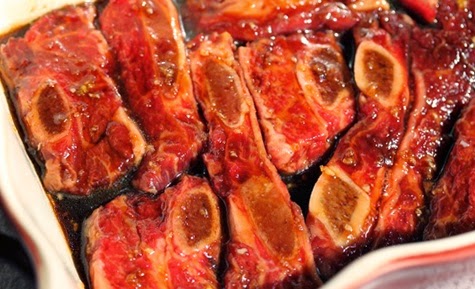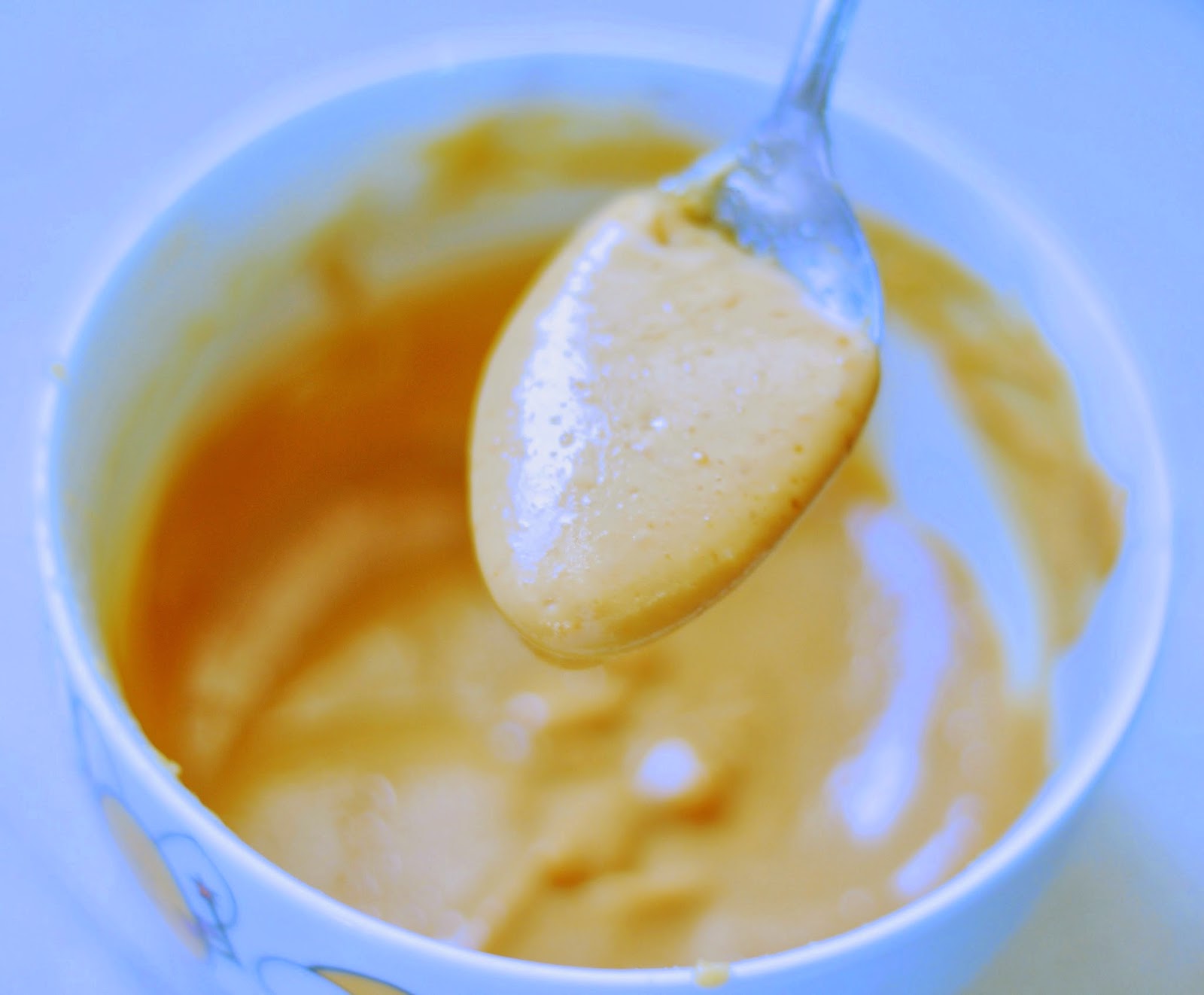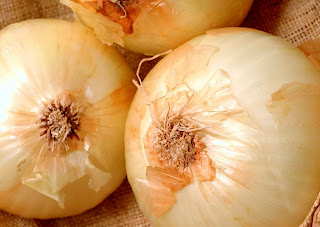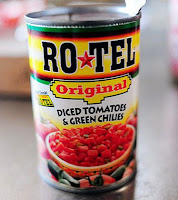Cooking over an open fire was integral to traditional Asian life long before Columbus discovered America. Grilling isn't just for haute dining. Many Asian cultures traditionally cooked without ovens, relying instead on fire to roast and caramelize foods. For example, yakimono, literally meaning "grilled things,” is one of the focal points of Japanese cooking. The secret to the Asian grilling is partially grilling the meat before coating it with sauce. In this way, you grill the protein and then the sauce produces a double-caramelized, charred crust.
There is a wide variety of pre-made grilling sauces used for different types of meat and dishes that can be found in specialty stores or in the International section of many grocery stores. Making your own sauces to your specific taste is always a preferable option!
Yakitori Sauce1 cup chicken broth
1 cup mirin (seasoned rice vinegar)
1 cup soy sauce
½ cup sake
1 tablespoon packed brown sugar

3 cloves garlic, crushed
1 teaspoon freshly ground black pepper
Crushed red pepper, to taste
Add broth and all other ingredients to a saucepan and bring to a boil over high heat. Decrease the heat to low and simmer, uncovered, until the liquid is reduced by half and becomes nice and glossy, at least 1 hour. Let the liquid come to room temperature and use to baste meat.
Teriyaki Glaze1/4 cup soy sauce
1/2 cup water
2 tablespoons mirin
1/2 teaspoon ginger, grated
1/2 teaspoon garlic, minced
1/3 cup packed brown sugar
2 tablespoons cornstarch
1/2 cup cold water
Mix soy sauce, ¼ cup water, mirin, ginger, garlic, and brown sugar in a medium saucepan and heat over medium-low heat. In a separate bowl or cup, mix the cornstarch and cold water and dissolve before adding it to the sauce in the pan. Heat until the glaze thickens to the desired thickness. If it gets a bit thicker than you had planned, you can add some more water to thin it.
Duck Sauce1/2 cup peach or apricot preserves
1/4 cup white vinegar
1 tablespoon grated ginger
1/3 cup finely chopped scallions
Combine the preserves, vinegar and ginger and heat to a simmer. Simmer gently, stirring occasionally, for 5 minutes. Remove from the heat and stir in the chopped scallions. Will keep in the refrigerator for up to 2 weeks.
 Asian Orange Marinade
Asian Orange Marinade1/3 cup soy sauce
1/3 cup honey
3 Tablespoons red wine vinegar
1 Tablespoon white sugar
1 Tablespoon grated fresh ginger
2 cloves garlic, minced
1 ½ cup beef broth or orange juice
This was my grandmother’s favorite marinade for beef and ribs. Marinate meat for at least 2 hours or overnight. Cook meat at 325 degrees F for one hour. To use marinade as a basting sauce, place in a sauce pan and bring to a boil before use.
Korean Barbecue Sauce1 cup sugar
1 cup soy sauce
1/2 cup water
3 tablespoons white vinegar
1 1/2 cups Gochujang (Korean Red Pepper Paste)
Add all of the ingredients into a large mixing bowl and stir together using a whisk. Whisk thoroughly until the sugar is completely dissolved. Transfer to a storage container and label with the date before refrigerating. This sauce is best used to coat cooked flank steak before serving.
 Oriental Mustard Sauce
Oriental Mustard Sauce1 cup vinegar
1 cup sugar
2 tablespoons soy sauce
1 tablespoon cornstarch
1 teaspoon dry ginger powder
1 tablespoon dry mustard
Bring vinegar, sugar, salt and soy sauce to a boil in a large saucepan. Combine cornstarch and dry mustard in 1/2 cup cold water. Stir in to vinegar mixture and heat until it thickens; stirring constantly. Stir in ginger and let cool before using. This sauce works particularly well with fish.

 If you are using fresh strawberries these will need to be hulled, cut and macerated (with an additional cup of sugar.)
If you are using fresh strawberries these will need to be hulled, cut and macerated (with an additional cup of sugar.) Pour rhubarb-strawberries mixture into the deep dish pie shell. Top with a lattice crust and crimp the edges together. Put pie on a foil-lined baking sheet to prevent drips and place in the preheated oven. Bake for one hour. Remove pie from oven and allow to cool before serving. The juices will retreat and thicken as the pie cools.
Pour rhubarb-strawberries mixture into the deep dish pie shell. Top with a lattice crust and crimp the edges together. Put pie on a foil-lined baking sheet to prevent drips and place in the preheated oven. Bake for one hour. Remove pie from oven and allow to cool before serving. The juices will retreat and thicken as the pie cools.












